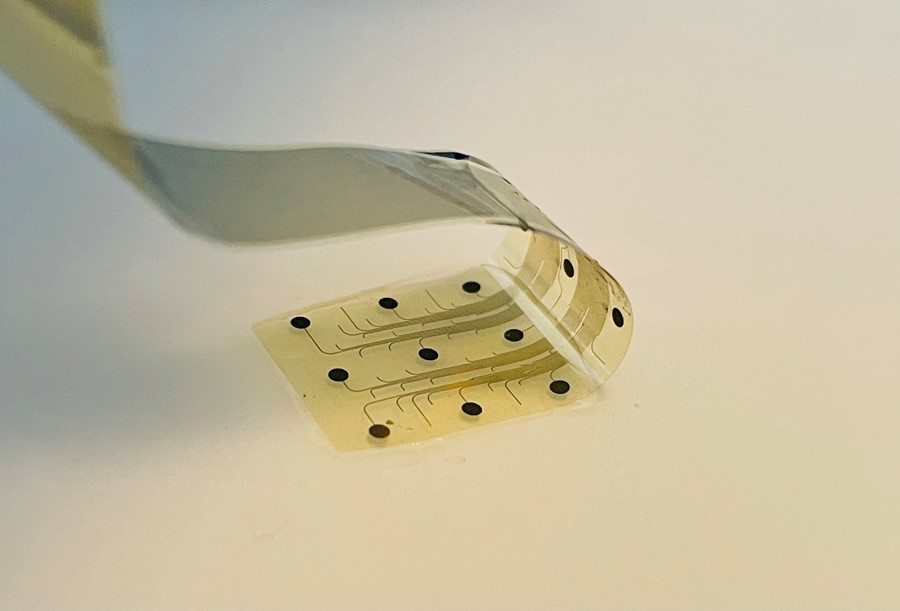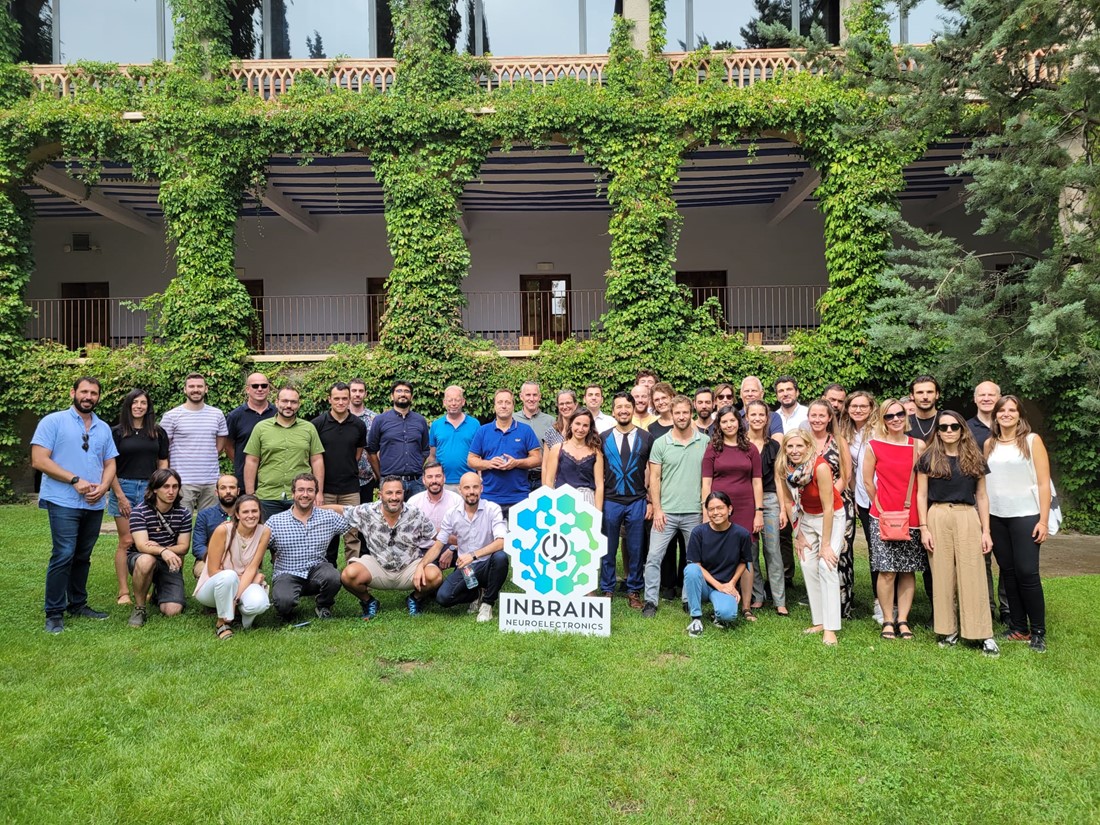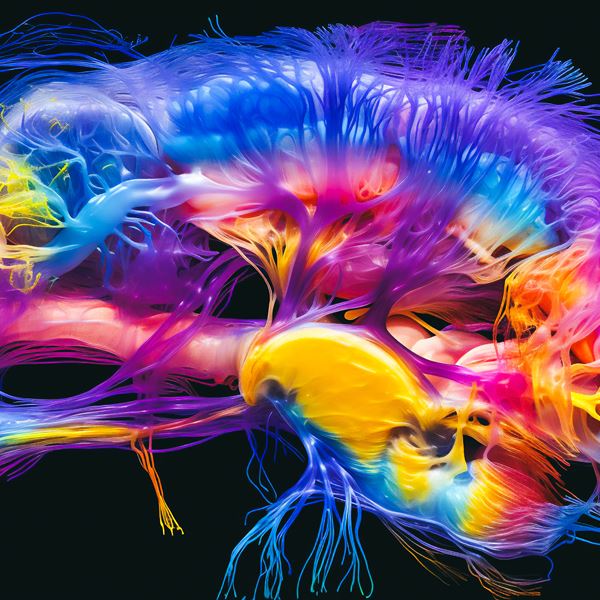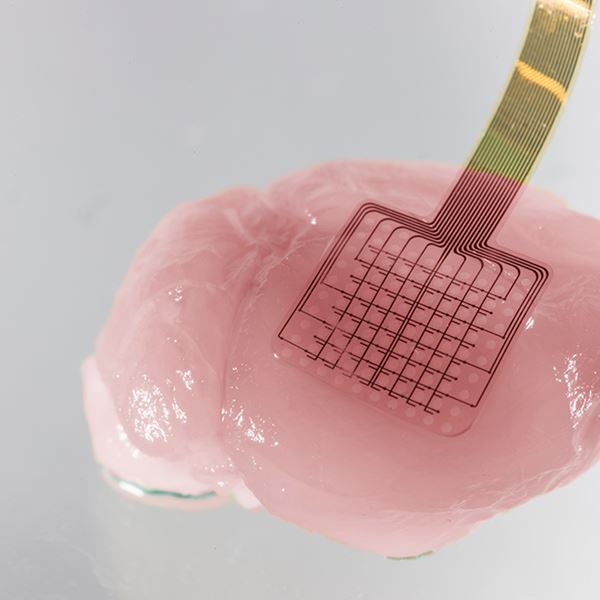Biomedical Technologies
Moving graphene forward in the clinical translation pipeline
The Biomedical Technologies Work Package innovates and pushes the technological boundaries for the engineering and biological performance of neural interface devices for the diagnostics and treatment of neuropathologies.
The last 10 years
The Biomedical Technologies Work Package became part of the Graphene Flagship at the start of Core 1 with 14 partners. We focused on the utilisation of different types of graphene and other layered materials in the design of devices for the management of neuropathologies. During Core 1 and Core 2, we concentrated on the development and initial preclinical proof-of-concept studies of graphene-based neural interface technologies for the central and peripheral nervous system. The goal was to identify the most promising applications to take forward in the clinical translation pipeline.
The Work Package has grown to incorporate 18 partners and, more importantly, has evolved to advance the most promising technologies to higher TRL levels. During Core 3, the role of our industrial and clinical partners has become increasingly important to ensure the translation of these technologies by industry and adoption by clinics. For example, the spin-off company INBRAIN Neuroelectronics was created in 2020 and raised more than €17.5M in venture capital investment to champion the clinical translation of our graphene-based technologies for the benefit of patients suffering from serious neuropathologies.
Critical research highlights include high-profile publications detailing graphene-based field-effect transistor (GFET) technologies in Nature Communications and Nature Nanotechnology. We will culminate Core 3 with a world-first: the first in-human clinical study of graphene-based electrocorticography (ECoG) microelectrode arrays in patients undergoing brain cancer resection surgery performed at NHS Royal Salford Hospital, UK.
This year’s progress
Multi Channel Systems GmbH, an industrial partner in the Biomedical Technologies Work Package, developed new tools to record brain electrical activity via GE2100 head stages. These are all-in-one solutions for amplifying, recording and analysing preclinical in vivo data from GFET probes with 16 or 32 channels, 24-bit resolution and 50 kHz sampling rate. The GE2100 HS16 and HS32 are currently technology readiness level (TRL) 8 and are planned to be marketed in 2023.
INBRAIN Neuroelectronics and its subsidiary INNERVIA Bioelectronics signed a strategic collaboration programme with Merck, Germany, to develop next-generation bioelectronics. G.tec medical engineering GmbH worked on a biosignal amplification and acquisition system with graphene-based electrodes, which is used to decode signals from GFETs.

Kostas Kostarelos, Work Package Leader
Coordinating the first-ever clinical investigation for graphene-based technologies is challenging, complex and thrilling.”
Work Package Leader

INBRAIN graphene-based, high-resolution cortical brain interface. Credit: INBRAIN Neuroelectronics

INBRAIN team
References
Viana, D. et al. bioRxiv 2022. DOI: 10.1101/2022.11.16.515761
Zummo, F. et al. Front. Neurosci. 2022, DOI: 10.3389/fnins.2021.811348
Di Mauro, G. et al. ACS Nano, 2023, DOI: 10.1021/acsnano.2c06609
Latest Articles

MUNASET: Month 6 meeting took place in Zweibruecken 29 February 2024

MUNASET: A new Horizon Europe project kicked off
Proteases recently emerged as a promising new class of biomarkers with a broad diagnostic, prognostic and therapeutic potential for different human diseases including neurological and psychiatric diseases, several types of cancer and immune system disorders. However, there is a lack of tools for real-time activity analysis of disease-related protease biomarkers.

2D-BioPAD: A new Horizon Europe project kicked off!
With a nearly €6 million budget, 2D-BioPAD will develop a diagnostic system for early Alzheimer's disease detection. This Horizon Europe Research and Innovation Action funded by the European Union, officially commenced on October 2023 and will last 48 months.

Exploring the interaction of 2D materials and biological systems with Valentina Castagnola
The IIT researcher focuses on the interface between the bio and nano realms

Thanks to this new nanomaterial, the detection of antibiotic residues in water can be quick and simple
The new biosensor looks like a small box connected to a mobile phone. This device can immediately detect even very small antibiotic residues, namely ampicillin, in water or dairy products.

Monitoring brain tsunamis with graphene transistors
Graphene devices can transform neurological care

